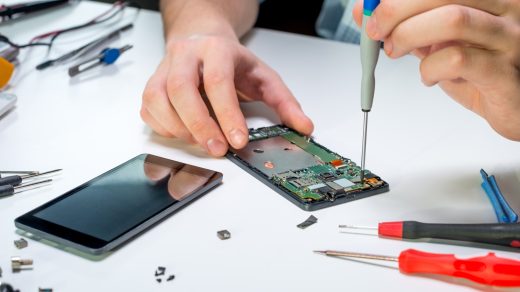NFC, short for “near-field communication,” is a protocol that allows your phone to read information from small copper coils wrapped around a microchip. These are called NFC tags, and they fit into a stamp-sized sticker or other medium, which allows them to be adopted by everything from payment terminals to door locks. If you’ve ever tapped a fob against a reader to access your apartment building or office, you’ve likely used NFC before.
The first Android phone with NFC, the Samsung Nexus S, was released in 2010, but the technology predates it, with the first phone to feature NFC being the clunkily named Panasonic P506iC in 2004. It wasn’t until 2014 that the iPhone adopted this early 2000s technology, but better late than never. Although it’s been around for two decades in mobile phones, NFC only continues to grow its usefulness. Today, most businesses accept NFC payments, as do many mass transit systems like New York City’s Metro.
Many Android phones have an NFC reader/writer built-in, which allows the user to tap the back of the phone to another NFC-enabled device, be that a payment terminal, door lock, Bluetooth device, or a simple NFC tag.



